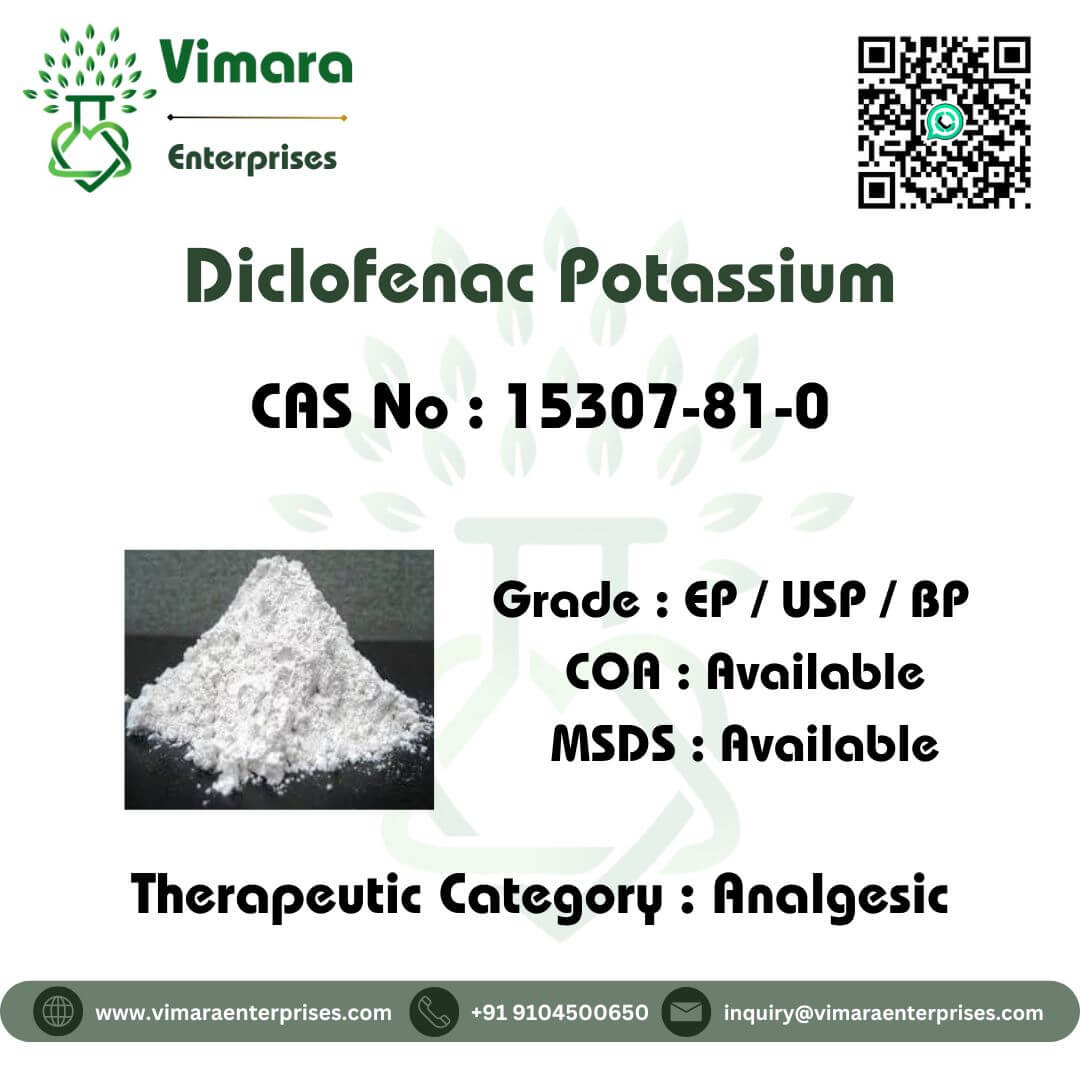Tacrolimus is a potent immunosuppressant that prevents T-cell activation and suppresses B-cell activation, primarily used to prevent organ rejection after transplantation.
Key Properties:
- Chemical Name: ((3S,4R,5S,8R,9E,12S,14S,15R,16S,18R,19R,26aS)-5,19-dihydroxy-3-{(1E)-1-[(1R,3R,4R)-4-hydroxy-3-methoxycyclohexyl]prop-1-en-2-yl}-14,16-dimethoxy-4,10,12,18-tetramethyl-8-(prop-2-en-1-yl)-3,4,5,6,8,11,12,13,14,15,16,17,18,19,24,25,26,26a-octadecahydro-7H-15,19-epoxypyrido[2,1-c]oxaazacyclotricosine-1,7,20,21(23H)-tetrone).
- CAS Number: 104987-11-3
- Molecular Formula: C44H69NO12
- Molecular Weight: 804.018 g/mol
- Appearance: Tacrolimus API is generally a fine, crystalline white to off white powder.
- Solubility: Tacrolimus is significantly less soluble in water.
- Mechanism of Action: Tacrolimus bonds to an immunophilin, FK506 binding protein (FKBP). This complex inhibits calcineurin phosphatase. The drug inhibits calcium-dependent events, such as interleukin-2 gene transcription, nitric oxide synthase activation, cell degranulation, and apoptosis.
- Bioavailability: The oral bioavailability of tacrolimus was poor and ranged from 11.2% to 19.1%.
- Half-life: The half-life of Tacrolimus is approximately 12 hours.
- Metabolism: Tacrolimus is metabolized by CYP3A enzymes, primarily in the liver and small intestine.
- Uses: Tacrolimus is used to prevent the body from rejecting a transplanted organ (eg, kidney, liver, heart, or lung).
- Seller – Vimara Enterprises


